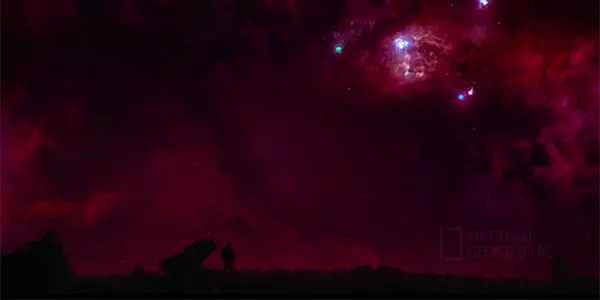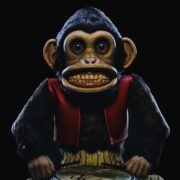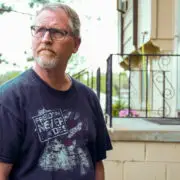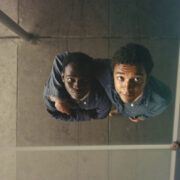COSMOS: POSSIBLE WORLDS (S3E3) “Lost City Of Life”: Witnessing The Wondrous Patterns Of Existence

Digital Media Program Coordinator and Professor at Southern Utah University…
The Cosmos is within us. We are made of starstuff. We are a way for the universe to know itself. – Carl Sagan
In the third episode of Cosmos: Possible Worlds, we explore the Lost City of Life that covered our planet billions of years ago. Life, the “great escape artist,” left evidence of specific patterns as it emerged, patterns that we follow today in the search for life on other worlds.
Episode Summary
We begin a few months ago on our cosmic calendar when the Earth was still a tumultuous planet, hostile to life. Over time, the chemical processes taking place on our turbulent future home, combined with the serpentinization of the plentiful olivine crystals, provided the elements needed for the first cell to emerge. Today, there is evidence to suggest that other celestial bodies within our solar system may be undergoing the same process experienced here on Earth all those millennia ago.

Taking Us to the Ends of the Universe
Cosmos: Possible Worlds takes viewers on astounding journeys through time and space via the “Ship of Imagination,” a fictional vessel used as an educational and artistic tool in order to allow us to witness scientifically proven or theorized processes and events, past and future. This fantastic tool, originally conceived by Carl Sagan for the original Cosmos series, is conceptually powered “by the twin engines of skepticism and wonder.” Of course, the real power behind what we are witnessing, the Ship of Imagination’s powerful “supporting cast,” if you will, is state of the art visual effects. Gregory Andorfer, Producer of that original iconic series, wrote:
[W]e promised a list of effects to our fundors that included nearly every available special effects technique, both current and past. We had only a vague idea when this list was first put together just how we would use every one of these techniques, but we had a strong feeling that we somehow needed to use all of them. From this early exhaustive list of techniques I think we used every one except perhaps thermography.
He goes on to say that five computers were required just to animate a small model of DNA. Today, of course, it’s quite a different story, as the science of visual effects has come such a long way. Cosmos continues to make masterful use of these and other tools to take its viewers on amazing journeys.

I often imagine, when I’m watching these new series borne of Sagan’s great influence, what his experience would be were he still with us, and able to watch the new seasons. With the Ship of Imagination’s supporting cast providing such incredible and realistic images bursting from virtually every frame in Cosmos: Possible Worlds, what wonder would he experience?
“The Great Escape Artist”
One of the great pioneers of science, featured heavily in this episode, was Victor Goldschmidt. Among his many accomplishments was the creation of the Periodic Table of Elements we still use today. He was a firm believer, as host Neil deGrasse Tyson explains, in “the Earth as a single system. He knew that in order to get the whole picture, you couldn’t just know physics, chemistry or geology.” Now, a hundred years later, our foremost theory on the origin of life does indeed “require the reunification of four long separated scientific fields: biology, chemistry, physics, and geology.”

Once again, science shines as our greatest example, proving that coming together in order to uncover the answers to these greatest mysteries of life is not only possible, but relatively simple. Our continued tendency to categorize and separate one another is really our greatest obstacle and is entirely self-imposed. Removing these arbitrary boundaries is the next great step in our journey as a species. Rather than creating barriers and enforcing falsehoods, we should take a step back, and trust in the great pattern of life.
For billions of years, all life could do was ooze. Now, life began to swim, run, jump, and fly. Life, the escape artist, had gotten so good at wriggling out of every confine, no prison on Earth could hold it. And there will come a day, when life will even escape from Earth. Life will not be contained.
Cosmos: Possible Worlds Season 3 Episode 3: Lost City of Life, aired on March 16, 2020 on National Geographic.
Does content like this matter to you?
Become a Member and support film journalism. Unlock access to all of Film Inquiry`s great articles. Join a community of like-minded readers who are passionate about cinema - get access to our private members Network, give back to independent filmmakers, and more.
Digital Media Program Coordinator and Professor at Southern Utah University and Southwest Technical College; M.Ed.; Author at Labyrinth Learning and Film Inquiry. Passionate educator of film theory and history. World-class nerd with a wide array of interests and a deep love for many different fandoms.













